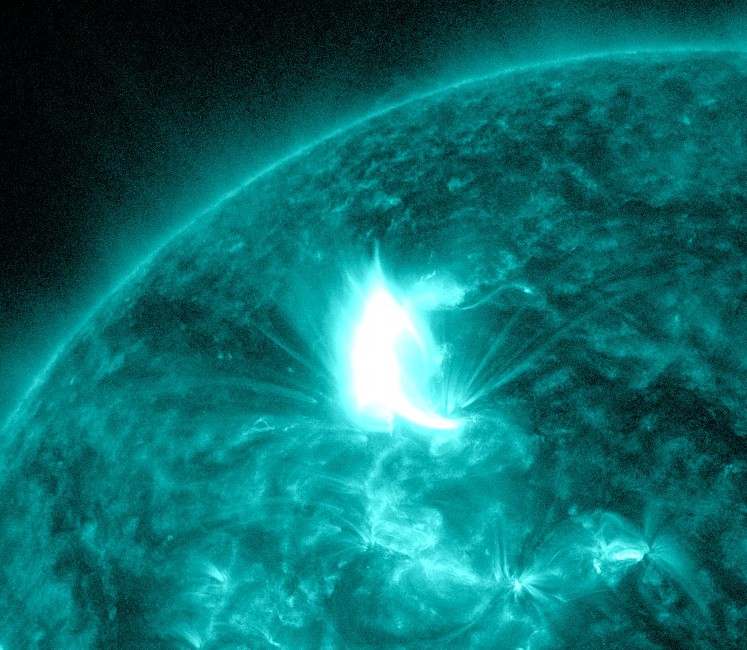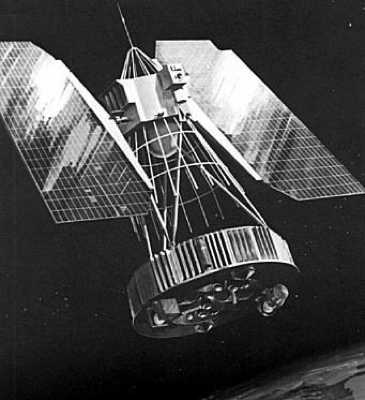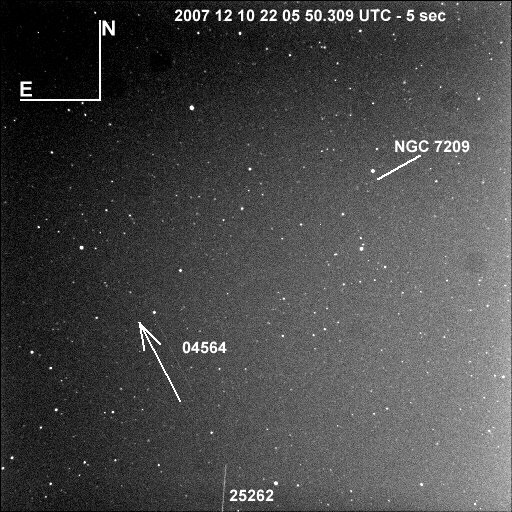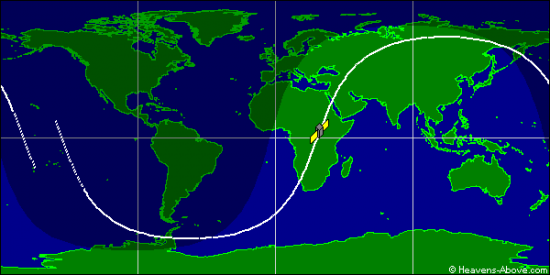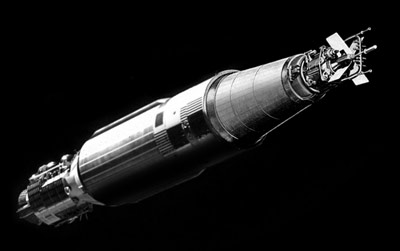No.7 NIMBUS B-1, USA
It is another accident involving a US RTG which occurred on May 21, 1968 when a Nimbus B-1 weather satellite banged when the launch vehicle had to be intentionally destroyed and the lift off aborted shortly after launch. However there was no radioactive material was spilled out of the satellite.
No. 6 Cosmos 367, Russia
Another Soviet Union’s satellite failure linked to RORSAT was the Cosmos 367, a nuclear-powered satellite launched from the Baikonur cosmodrome. On October 3, 1970, only 110 hours after its initiation, the satellite failure took place and had to be moved to a higher orbit. Little else is known about Cosmos 367. Recently it has been found to orbit the Earth at an elevation of 579 miles and circles the Earth at a speed of 4.4 miles per second.
No. 5 Cosmos 1900, Russia
Cosmos-1900, like Cosmos-367 and Cosmos, had a highly enriched uranium power container that could break up during reentry and spread radioactive debris over wide swaths of the ground.
A Russian satellite is in a rapidly decaying orbit and may burn up in the atmosphere in an August-September time window. A special alert was issued by the US Space Command, Colorado Springs CO, about this reentry because the satellite has a lethally radioactive power module onboard. The probe, Cosmos-1900, derives its power from a thermoelectric vessel stuffed with about 50 kilograms of pure uranium-235. This isotope is so radioactive that a single speck of it can severely burn a human from 10 meters away.
No. 4 SNAP-10A, USA
SNAP-10A was launched from Vandenberg AFB by an ATLAS Agena D rocket on April 3, 1965 into a polar low Earth orbit altitude approximately 1,300 km. SNAP-10A was the first and so far only known launch of a U.S. nuclear reactor into space. The Systems Nuclear Auxiliary Power Program (SNAP) reactor was created under the SNAPSHOT program headed by the U.S. Atomic Energy Commission. The SNAPTRAN-3 critical trial, on April 1, 1964, simulated a rocket crash into the ocean, deliberately creating a fireball and sending radioactive fragments across the Idaho desert.


